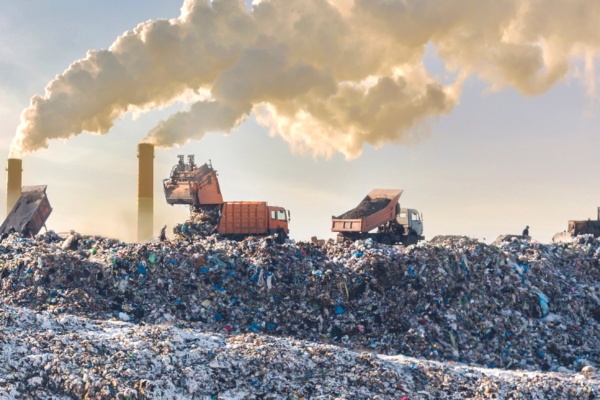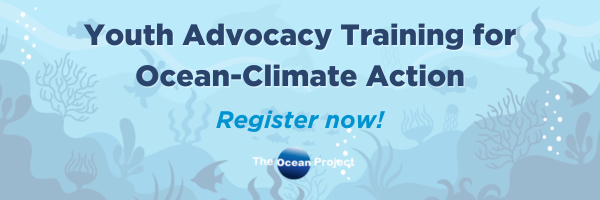Back in the 1970s, Hayden’s argument wouldn’t have been surprising. That era, which saw the birth of the modern environmental movement (the first Earth Day was observed in 1970), was obsessed with the idea of global limits, that without drastic intervention, we were doomed to overpopulation. Books like Paul Erhlich’s The Population Bomb warned that the Earth was reaching the end of its carrying capacity, and that within decades, hundreds of millions of people would starve to death. The only way to avoid this Malthusian fate was rigid population control, which many environmentalists were in favor of.
Fast-forward 30 years, however, and the situation has changed. The mass famines that Erhlich and others prophesized never happened, and while population growth has continued — an estimated 6.8 billion people now live on Earth — and on the whole, the world is better off today than it has ever been. A Green Revolution helped a growing planet feed itself, while the forces of globalization helped lift hundreds of millions in the developing world out of poverty, even as population continued to rise. As the years passed, overpopulation has dropped from the vocabulary of most environmentalists, partially due to the controversies that surrounded state-mandated birth control in countries like China, with its one-child policy. Though simple arithmetic will tell you that the bigger the global population becomes, the harder it will be to reduce greenhouse gas emissions, you rarely see the population connection made explicit in major environmental reports. “Environmentalists came to realize how complicated and sensitive this issue was,” says Robert Engleman, vice-president for programs at the Worldwatch Institute, and the author of the new book More: Population, Nature and What Women Want. “People didn’t want to tell their neighbors and friends how to have kids.”
Read the full article on-line.
Investigate More, the book.



